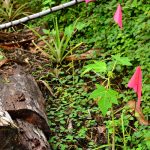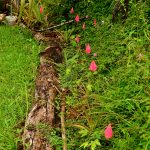Description
Papaya, Carica papaya, is another staple plant you should grow in your tropical home garden. Although the ripe fruit is very popular, especially here in Hawaii, papayas are mostly grown around the world for their immature fruits, that once cooked are used as a vegetable. Papayas are incredibly productive and fast to mature; they start producing after 6-12 months! And may live up to 15 years, but more often around 5 years, but production does taper off after 3-4 years creating less food. Papayas are large herbs, gaining heights from 5-30 feet and a six-foot spread, and resembles a small tree. They have a small canopy and can be planted close together or intercropped with many plants, how perfect for a home garden! The fruits are eaten, as well as the flowers, leaves and stems of the leaves. There are many different varieties of papaya, so try different ones to determine your favorite. Dried leaves may be used at tobacco substitute, and can also be beaten in water to form a soap substitute. The leaves are also used as a meat tenderizer when wrapped around meat over night. There are also many uses for medicine, but I will not go into detail for that.
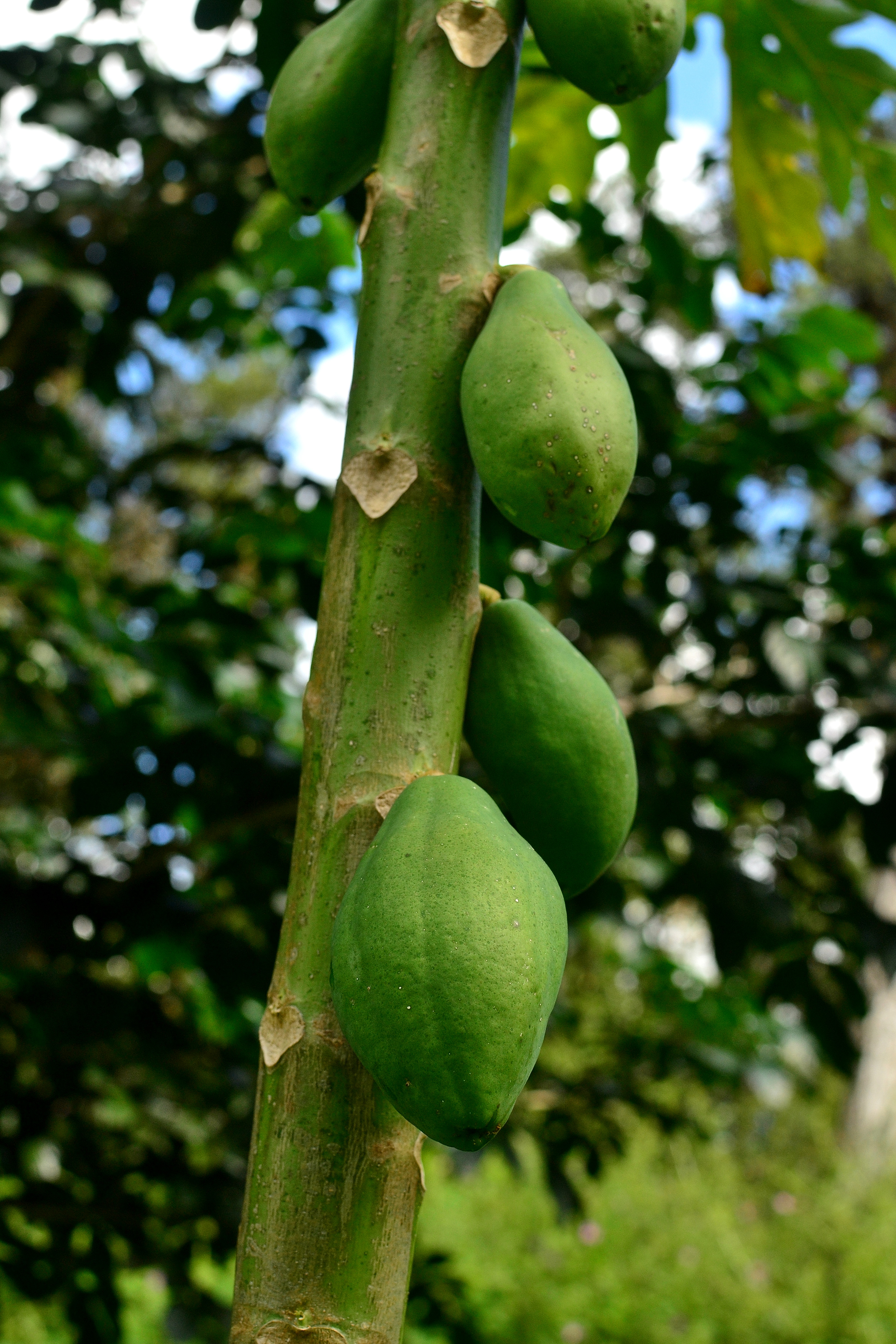
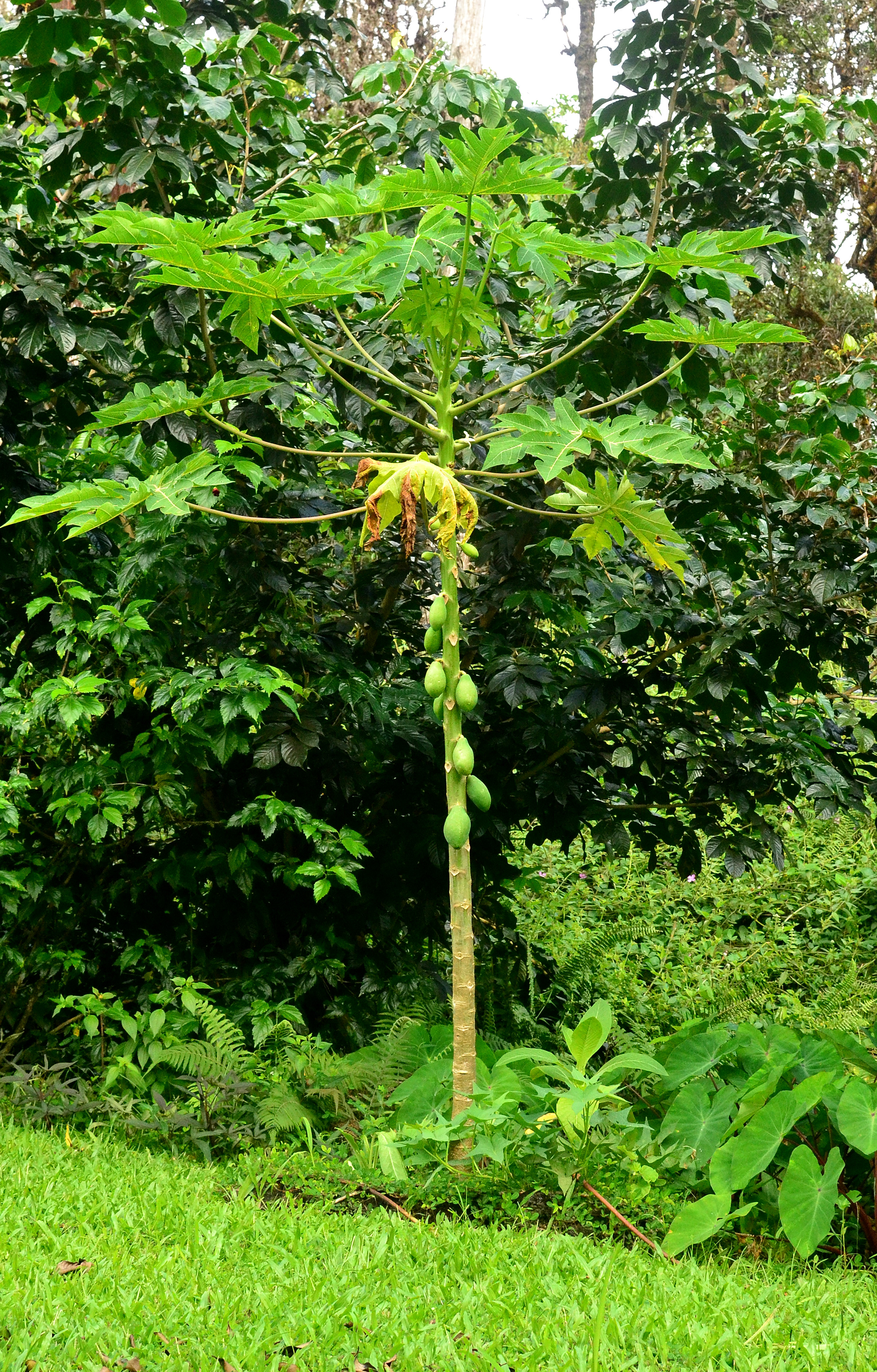
Propagation
Propagation may be done vegetatively from cuttings, but more commonly from seed. Propagation from seed is very easy; once you eat a delicious variety, simply stick some of those seeds into the ground where you want the plant to grow, or into potting trays. I have tried planting cleaned seeds and seeds directly from the fruit and both germinate quite easily, so I see no need to clean and dry the seed.
I do have a problem with direct sowing seeds (planting seed directly where I want plants to grow), so I plant my seeds into small trays first, then transplant out when they are a few inches tall. Papayas have a sensitive rooting system and a deep tap root, so make sure you transplant while the plants are young and haven’t developed their tap root yet.
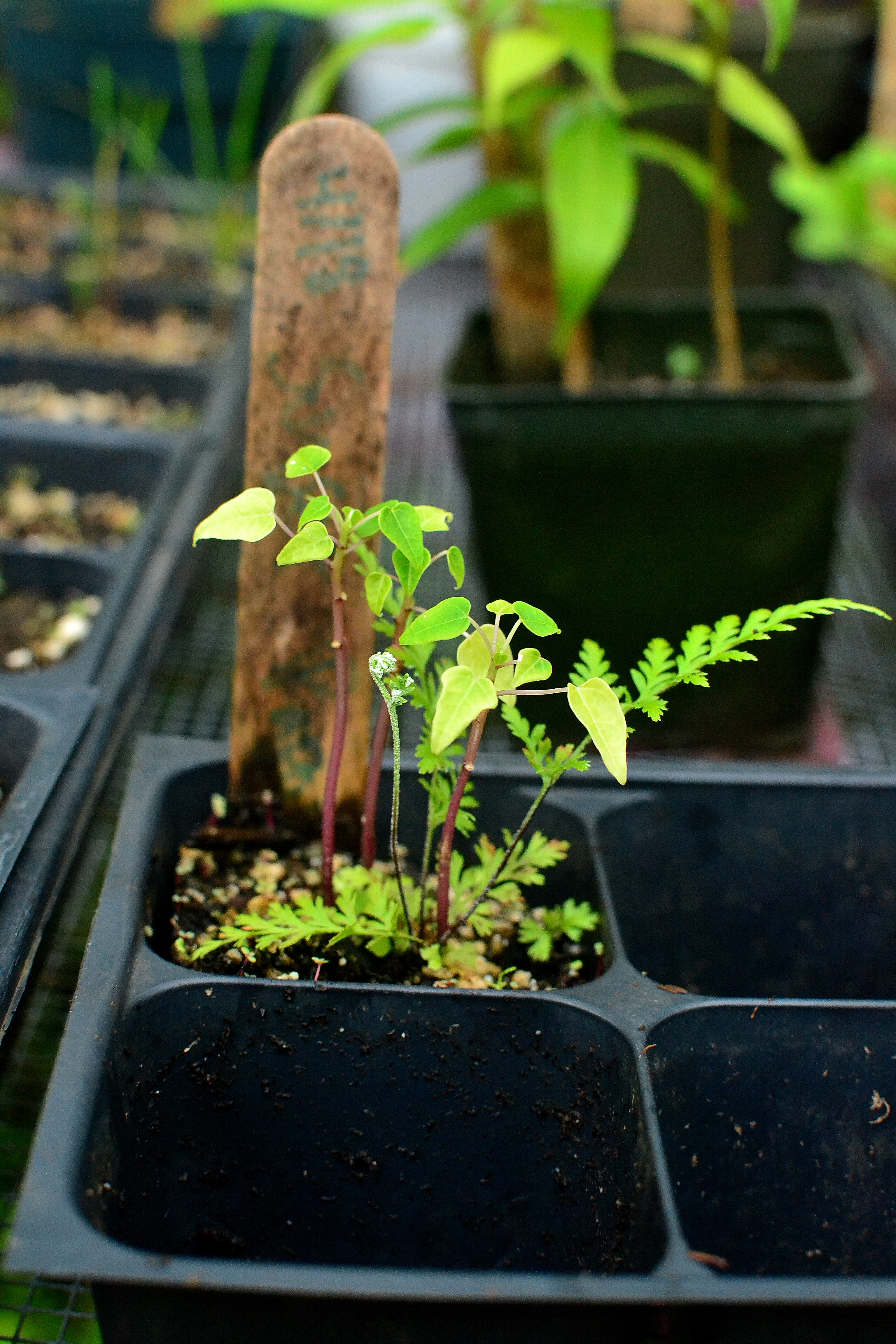
Plant seeds in trays or directly into the ground
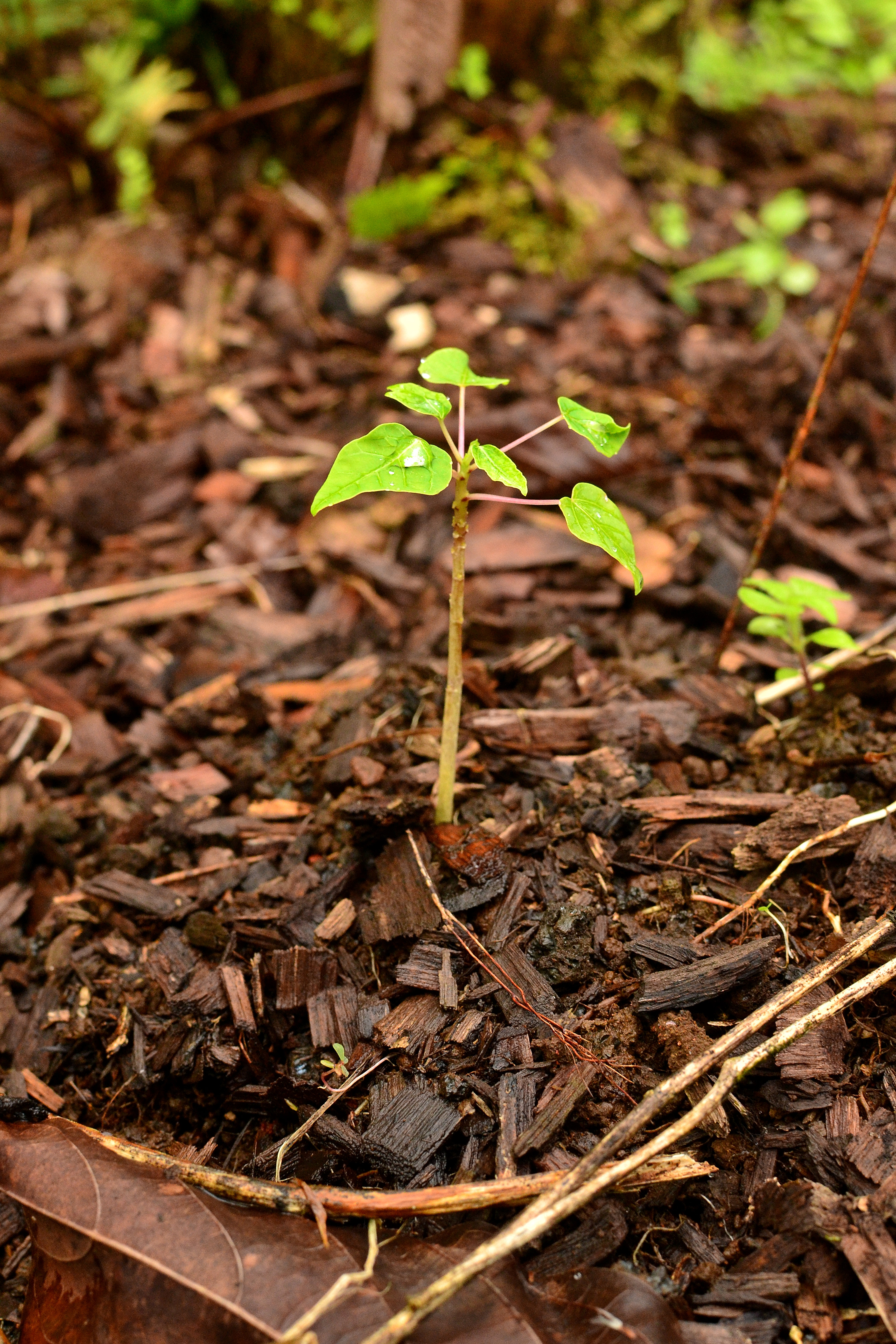
Transplant when small to reduce harming the taproot
Care
Weed around your young plants until they are tall enough to fend for themselves. Or better yet, grow a ground cover around them so you minimize weeding efforts. Papayas fruit year round, so adding compost, or nitrogen fixing plants periodically is recommended.
Eating
Eat ripe fruits raw when they are a yellow/orange color and slightly soft. The ripe fruit can be processed and used in numerous desserts or recipes; just do some research to find out how you want to use it! The fruits are high in pectin making for a perfect jam.
When eating unripe papaya, remove skin and seeds first, and then cook similar to a summer squash, like zucchini. They may also be boiled, sautéed, baked, or pickled. The papaya will soak up the flavors that it is cooked with. For papaya salad, you must remove skin and seeds, boil until tender, then chill, and add lime and chili. The seeds may also be eaten like black pepper if desired.
The leaves must always be cooked. Young leaves are cooked and eaten like spinach, while older leaves must be boiled with two changes of water. The flowers are also cooked and eaten, generally with the leaves. The soft part of a young stem may be eaten raw, while the rest of the stem must be cooked. After cooking, the older stems are typically used peeled and grated, the bitter juice squeezed out, and the mash mixed with sugar and salt.
Where to obtain planting materials
There are quite a few inexpensive or free ways to obtain seeds. You may find a delicious variety off the street, from a friend or somewhere else. You could buy a delicious variety from the farmers market or somewhere else. You could also buy seeds from a store, but why do that if you could sample the fruit before you plant it.
I prefer non-gmo varieties as they have better taste and since I am not planting a huge monocrop, I have no fear of disease. Make sure you plant a variety you enjoy eating, as the fruit from your planting will be the same as the one you ate, it would be terrible to grow a variety you don’t even want to eat!
My Garden
The very first plant I planted when I moved into this house was papaya. It was still a keiki when I moved and I was worried about waiting too long and harming the taproot. So I just planted it randomly in an area hoping that it was a good spot. Now it’s a main point of my garden, it marks the beginning of the down sloping path toward the eventual food forest. It’s nestled in next to an ice cream bean tree and Brazilian cherry tree, with comfrey, sweet potato, taro, poha berry, tobacco, ferns and hibiscus all around. The papaya is about a year old now and starting to be covered with fruit, I haven’t been able to harvest one yet, but it should be pretty soon.
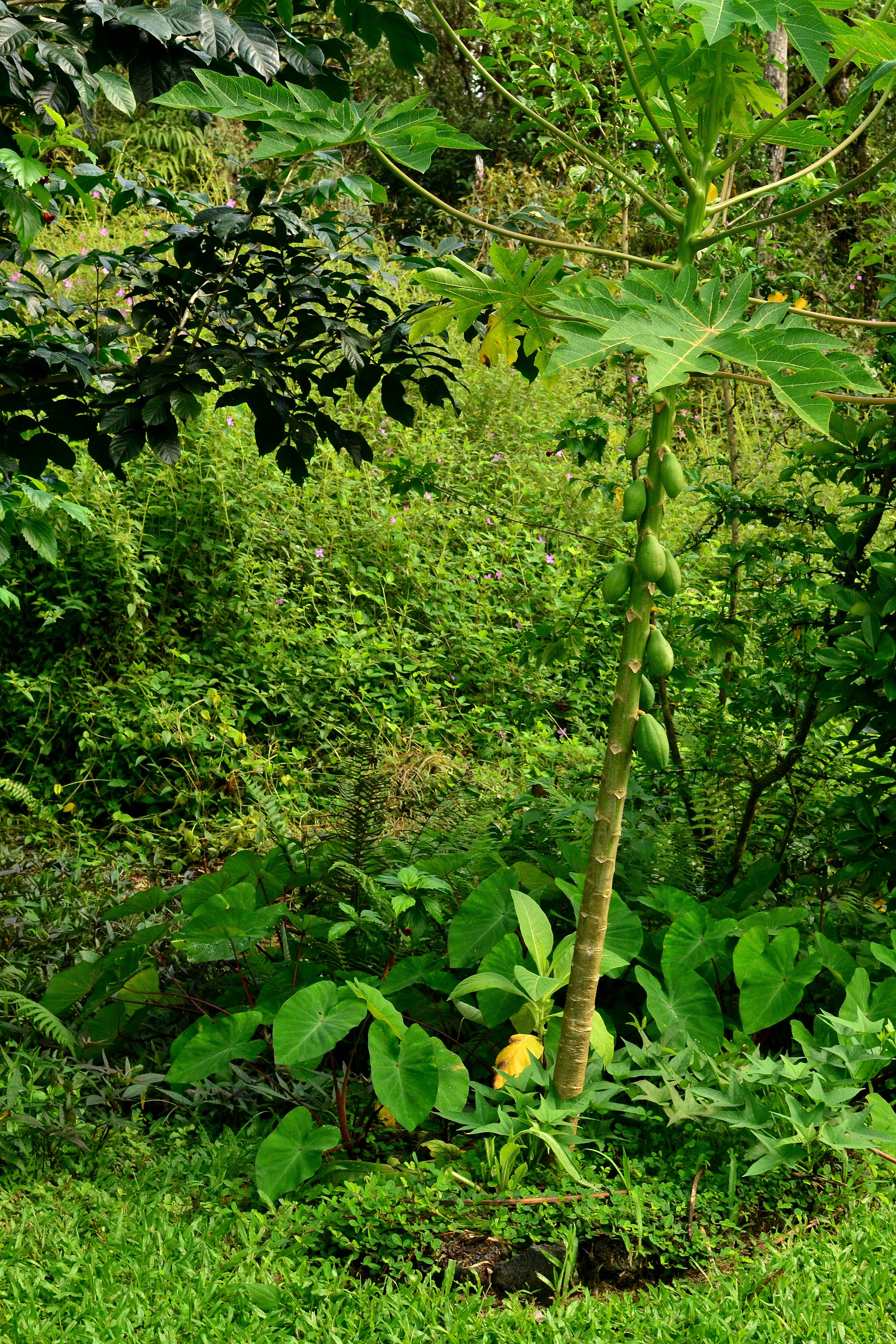
Once I started sampling different varieties I finally decided to start planting more seeds. I found a couple of varieties I really enjoy and only want to eat those now. The varieties are Sunset and Waimanalo. I have started a new area where I planted pineapples and in-between those are papaya and want to get some ground cover of perennial peanut established. Once the papayas get bigger I will plant something else in the mix.
The other place I planted papaya is in a mixed planting area where I am waiting for trees to establish themselves. The trees are: rainbow eucalyptus, soursop, milo, kou, mango, hala, Brazilian cherry, tree tomato, hapu’u, hibiscus, dracaena, strawberry guava, and rollinia. The other plants are: lemongrass, ti, heliconia, Chinese ground orchid, bamboo orchid, gotu kola and long beans. I created mini mounds where I planted beans and squash, the beans did well, but the squash did not, so I ended up planting papaya in the mounds as well. I’m thinking that the other fruit trees will take a few years to start producing, so while I’m waiting I will have papaya harvests for a few years, and cut them down as the other trees need the space. In this area I’m battling weeds, because it’s so open and I am trying to establish some plants as a ground cover, but nothing has been too successful yet. I may just throw in some sweet potato since it grows so well, but who knows. I’ll figure out the right plant some day.
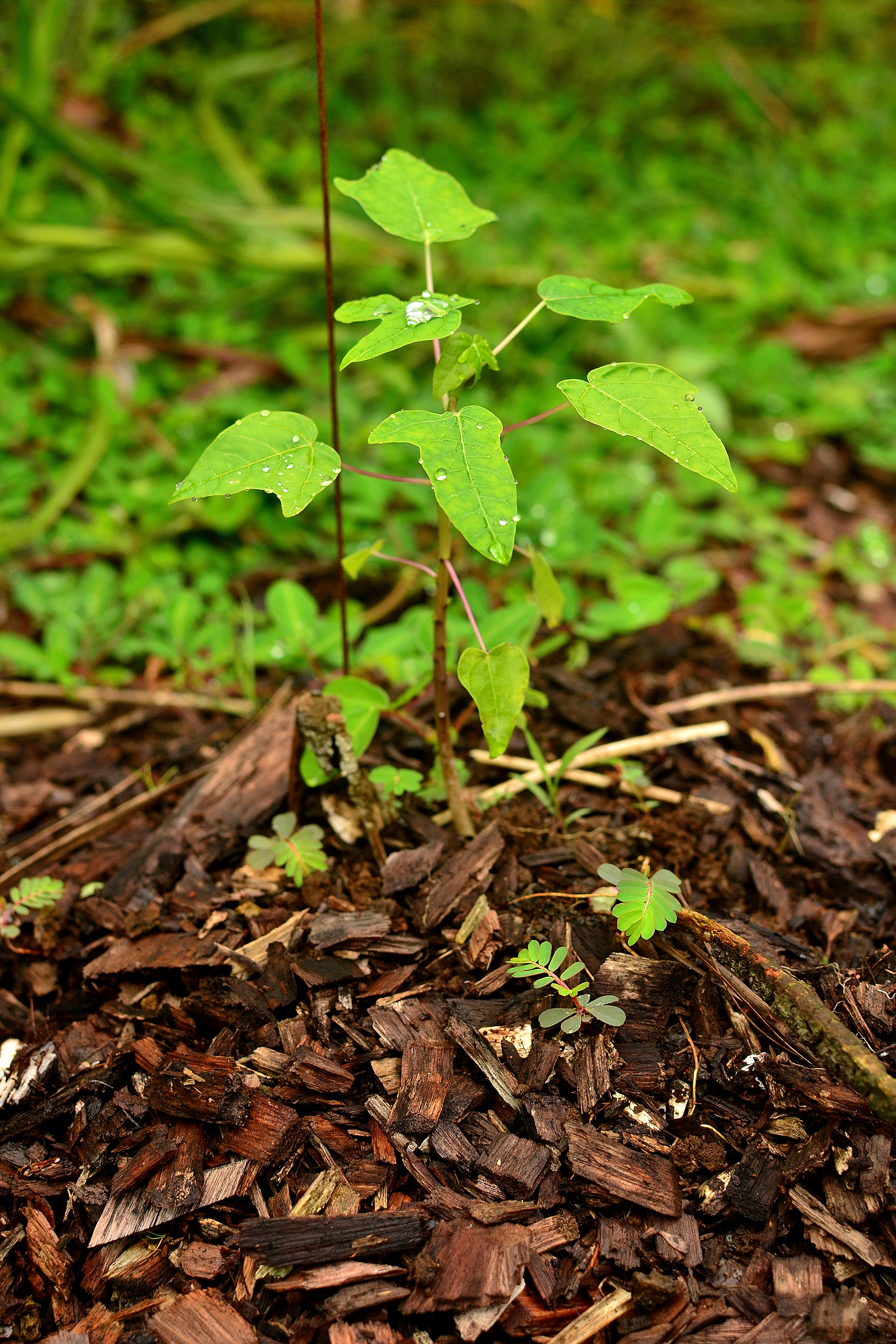
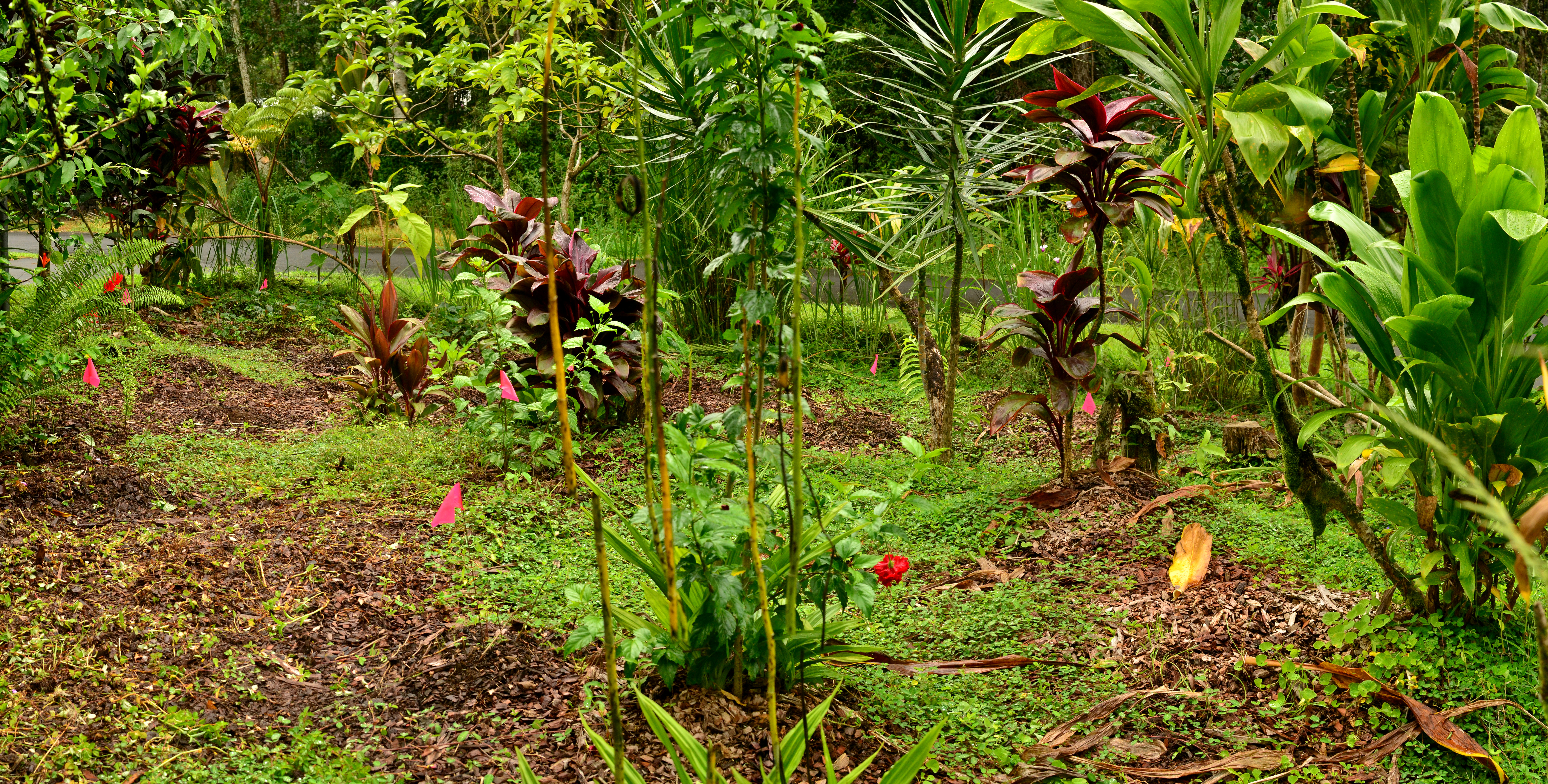
Happy Gardening!
